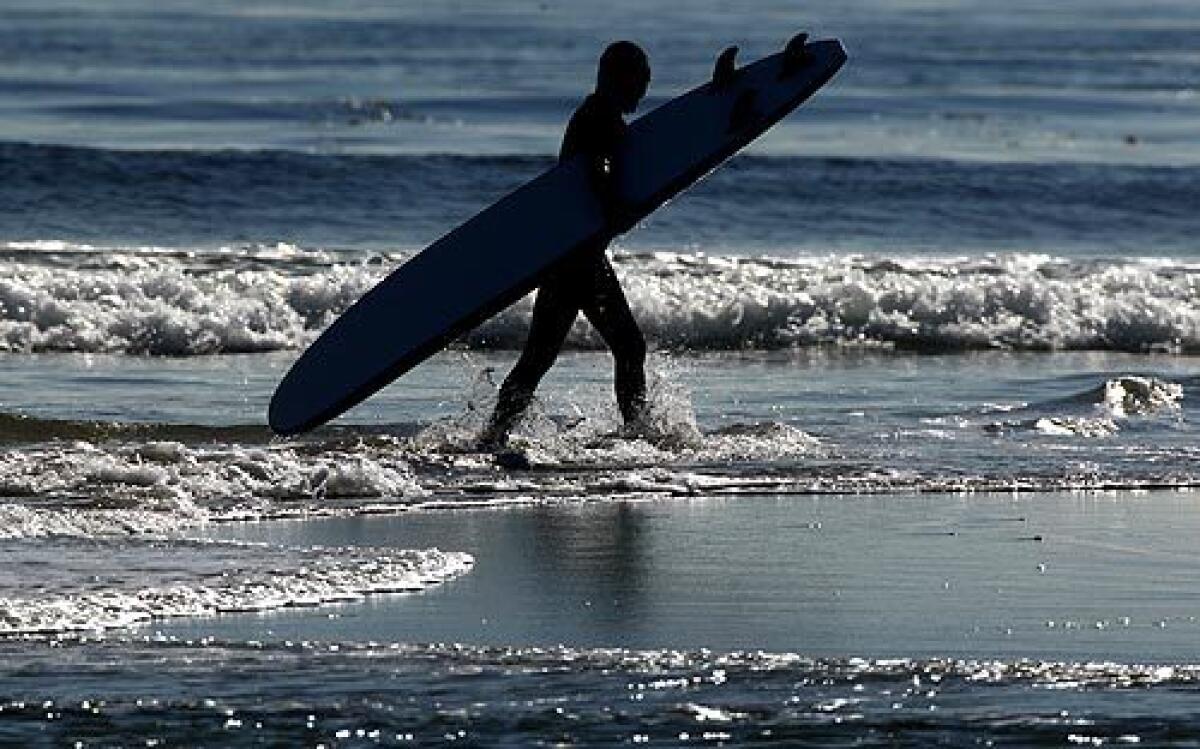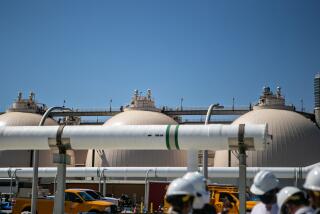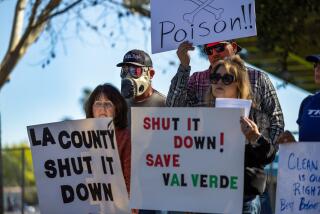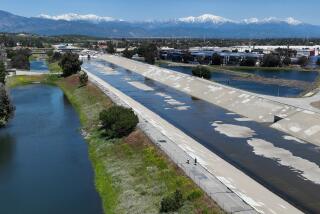Surf, sewage form a combustible mix in Malibu

The perfectly shaped point break at Malibu’s Surfrider Beach lures wave riders from around the world.
But the chronically polluted water has given countless swimmers and surfers queasy stomachs, eye infections and nasty rashes.
Long under orders from the Los Angeles Regional Water Quality Control Board to clean up its coastline, Malibu is eager to begin turning 17 acres of open space on Pacific Coast Highway in the heart of the city into a park that would double as a storm water treatment zone.
Many in the environmental and surfing communities contend that the design for Legacy Park falls short because it does not also provide for treating sewage in the Civic Center area, home to the Malibu Country Mart and Cross Creek Plaza, busy havens for well-heeled shoppers and diners.
Legacy Park “was touted as a once-in-a-lifetime opportunity to create a state-of-the-art environmental solution to the city’s water quality problems,” said Joe Melchione, an attorney who heads the Malibu Surfing Assn.’s environmental committee. “It’s time for the city of Malibu to grow up and clean up their own mess.”
And that, Melchione and others say, should include treating sewage along with storm water.
Malibu City Manager Jim Thorsen counters that studies showed the Legacy Park site does not lend itself to treating wastewater because it contains relatively impermeable clay. Unlike other, more porous soils, clay keeps wastewater from percolating, or draining, through underground layers. Percolation provides a natural cleansing, as soils absorb viruses, oils, metals, excess nutrients and other pollutants from the water.
Thorsen said the city must use a phased approach to the water quality problem. It expects to begin building wastewater treatment plants in 2011.
It did not make sense to hold off on Legacy Park while a wastewater treatment plan was devised and reviewed, Thorsen said. Better, he added, “to solve our storm water problems [first]. Wastewater will lag behind a couple of years.”
Environmental groups say wastewater from commercial septic systems in the area leaches into Malibu Creek and Lagoon and then flows into the ocean, accounting for much of the fecal bacteria and other contaminants that routinely earn Surfrider Ds and Fs on Heal the Bay’s beach report card. (The phenomenon also explains the foul odor that permeates that portion of Malibu.)
Cross Creek Plaza’s septic system has been upgraded, but the water board has issued notices of violation to the Malibu Country Mart for failure to comply with orders to improve its sewage treatment. In the board’s view, the Civic Center area “has reached its disposal capacity.”
As a result, unless Legacy Park handles both types of water treatment, “it’s a waste of investment dollars,” said Mark Gold, president of Heal the Bay, a nonprofit environmental group dedicated to cleaning up Southern California’s coastal waters and watersheds.
Malibu already is in deep financially on the project. In 2005, it raised $25 million to buy the property -- known locally as the Chili Cook-Off site, for an annual Labor Day weekend festival held there since 1982 -- from Malibu Bay Co., owned by Malibu Colony resident A. Jerrold Perenchio. (Among the fundraisers was former Mayor Ken Kearsley, who said he and a councilwoman spent hours soliciting donations with “a tin cup out in front of Ralphs.”)
The purchase was made with a combination of public and private funds and “certificates of participation,” lease purchase agreements held by multiple investors. The city’s annual payment on that debt is $1.5 million, much of which is to be covered by rent from three tenants on the property -- a Coldwell Banker office, a veterinary hospital and the new Malibu Lumber Yard shopping center, nearing completion on the site of a locally beloved lumber yard that operated there for about 40 years.
In addition, the city is attempting to raise $15 million more to build Legacy Park, which would include an outdoor educational center and five habitats designed to attract coyotes, California quails, red-tailed hawks, Western toads and other critters.
Among those who have written sizable checks for the purchase or construction is a Who’s Who of civic and entertainment royalty, including Steve and Patti Soboroff, rocker Don Henley, “Dallas” star Victoria Principal, Eli and Edythe Broad, Tom Hanks and Rita Wilson and Jeffrey and Marilyn Katzenberg.
The stakes are high for both Malibu and the environmental community.
Here, the battle over septic leaks and water quality is an old story. Malibu incorporated as a city in 1991 after Los Angeles County pushed to build a huge sewage treatment plant in undeveloped Corral Canyon. Residents feared that sewers would lead to unbridled growth.
More than 17 years later, critics say, Malibu has yet to seriously address the sewage problems plaguing the Civic Center area.
“The city’s foot-dragging . . . has left me and many other environmental leaders convinced that an integrated solution to Malibu’s pollution problems will be delivered many years in the future, if at all,” Gold wrote in November on his Spouting Off blog.
Since 2004, Malibu and the regional water board, a state agency, have operated under an agreement that allows the city to issue wastewater disposal permits to single-family homes and small commercial developments.
In September, the city notified the water board that it intended to regulate the discharge at the upscale Malibu Lumber Yard shopping center at Cross Creek Road and Pacific Coast Highway. In need of rental income to help pay its debt, Malibu was determined to get the project up and running.
The project expects to open in February, several months behind schedule, with shops including Tory Burch, James Perse, Kitson and Planet Blue. Two restaurants are also planned.
Developers Richard Weintraub and Richard Sperber, both locals, spent more than $3 million constructing a state-of-the-art on-site water treatment system at the shopping center -- before receiving a permit.
The city contended that it could issue the permit because the project’s first phase would produce less than 3,200 gallons of sewage a day.
The water board disagreed, saying it had jurisdiction because the addition of the restaurants would cause the amount of sewage to soar to 17,000 gallons a day.
On Dec. 11, after Malibu relented, the water board approved the Malibu Lumber Yard system’s permit but imposed conditions, including daily monitoring and a requirement that the system be hooked up to the city’s proposed centralized water treatment plant within six months of its completion.
The increasingly disgruntled board has informed the city that it intends to terminate its agreement to allow Malibu to do some of its own permitting. It said it also might seek a prohibition on septic tanks in the Civic Center area.
That could spell trouble for other developments in the pipeline in a city that came to be because of its adamant opposition to sewers.
“How this is all going to play out is completely up in the air,” Gold said. But the result could be that “the most critical section of Malibu, which has been demonstrated to exacerbate the pollution problems, would be off septic systems.”
More to Read
Start your day right
Sign up for Essential California for news, features and recommendations from the L.A. Times and beyond in your inbox six days a week.
You may occasionally receive promotional content from the Los Angeles Times.







